Instruction
What golfers should see in swing videos with proper camera alignment

In my last article, you learned how to properly set up your camera to record video of your golf swing. Before we talk about what you will see from each angle, I want to briefly discuss the exact position of the camera for the “down the line” view if you position the camera at the target line, hand line or body line.
I want you to imagine a line drawn from the hosel of the club next to the ball, up the shaft and through the body. The camera will move up and down this line based on whether you are looking at the target line, hand line, or body line. For example, the camera will be on the ground at the target line, at hand height for the hand line position and just above hip height for the body line camera.
For the target line camera position, we are trying to see the club’s path in relation to the start line of the golf ball. If we do not have the camera set up in the proper position, then the angle the club is coming into the ball will be skewed and viewed improperly.
Ideally, you should be with a PGA Professional to look at path so they can use their technology such as Flightscope in order to properly see the path of the club. Flightscope is a great tool that I use with most of my lessons because it tells me the exact degree in which your club is traveling in to out or out to in and if the clubface is open or closed. It also shows the exact start line of the golf ball, peak height, spin rate, D Plane, etc.
With a camera on the ground down the target line, you can still see if the club is traveling too much out to in or in to out, but it will be near impossible to see exactly how much as well as the exact position of the clubface. For this reason, I recommend seeing a teaching professional if you want to know your path numbers, and that is also why I almost always use the hand height position camera when analyzing golf swings.
Now let’s discuss different aspects of the swing that you can see from the two different camera angles we spoke about previously, the “down-the-line” and “face-on” camera positions.
The Down-The-Line Camera Position
From the “down the line” camera position, golfers can see some very important things that will affect ball flight and ultimately their performance.
- Posture (how golfers address the ball and the associated posture – i.e. “C” posture vs. “S” posture).
- Swing plane (the path the club travels throughout the swing).
- Grip (while you won’t get a great view of the grip, golfers can check the relationship of their hands and arms at setup).
- Pivot (how a golfer’s body moves throughout the swing).
There are other things golfers may see, but these are the things most golfers use the “down the line” camera position to evaluate. Maybe the most important thing to analyze is swing plane, which has a huge impact on the flight of the ball. For example, if the club face is closed (aiming to the left for a right-handed golfer) to the swing path, the ball will curve from right to left starting essentially where the club face is pointing.
The Face-On Camera Position
The “face-on” camera position is equally important. While it does not allow golfers to view their swing plane, there are some very important aspects of the swing that can be seen from this angle.
- Impact
- Weight transfer or lateral movement of the body
- Grip
- Shoulder tilt at address
- Ball position
- Shoulder and hip turn
Again, there are other things golfers may see from the face-on camera position, but these are the aspects that I work on with most of my students.
Now that you have a better understanding of what your instructor is looking at from each position, let’s talk about what you may see if you set up the camera incorrectly. There are plenty of examples, but I am going to focus on the most important ones (and obvious ones) that golfers will definitely see from each position. Please note that this article assumes that golfers are actually aimed correctly to their target and that their plane is correct as well.
From the down-the-line camera position, golfers will see a change in their appearance of their swing just by moving the camera position too far toward the target line or toward the body. If the camera is moved toward the target line, golfers will see the two important changes:
- The feet will appear more “closed” or aimed too far to the right.
- The club path will appear to travel more to the inside.
Conversely, with the camera too far to the inside or toward the body, you will see:
- The feet will appear more “open” or aimed too far to the left.
- The club path will appear to travel more “over the top” or to the outside
The appearance of the swing can also change due to a faulty setup of the camera in the face-on camera position, you will see changes as well.
- When the camera is positioned too far toward the lead foot, the ball will appear to far back in a golfer’s stance.
- When the camera is positioned too far toward the trail foot foot, the ball will appear to far forward in a golfer’s stance.
Note that both faulty camera placements will also change the appearance of a golfer’s impact position, and that I did not move my position. I just moved the camera.
As you can see, camera positioning is extremely important for golfers who are filming their swings. If golfers do not take the time to ensure a proper camera setup, it may lead to them trying to fix something in their swing that does not need to be fixed. That’s wasted time for not only you and your game, but also your instructor.
Again, make sure to consult with your local PGA Professional before making any changes in your golf swing and make sure to check out my future articles about golf instruction.
- LIKE4
- LEGIT2
- WOW0
- LOL0
- IDHT0
- FLOP0
- OB0
- SHANK0
Instruction
Clement: Laid-off or perfect fade? Across-the-line or perfect draw?

Some call the image on the left laid off, but if you are hitting a fade, this could be a perfect backswing for it! Same for across the line for a draw! Stop racking your brain with perceived mistakes and simply match backswing to shot shape!
- LIKE0
- LEGIT0
- WOW0
- LOL0
- IDHT0
- FLOP0
- OB0
- SHANK1
Instruction
The Wedge Guy: The easiest-to-learn golf basic

My golf learning began with this simple fact – if you don’t have a fundamentally sound hold on the golf club, it is practically impossible for your body to execute a fundamentally sound golf swing. I’m still a big believer that the golf swing is much easier to execute if you begin with the proper hold on the club.
As you might imagine, I come into contact with hundreds of golfers of all skill levels. And it is very rare to see a good player with a bad hold on the golf club. There are some exceptions, for sure, but they are very few and very far between, and they typically have beat so many balls with their poor grip that they’ve found a way to work around it.
The reality of biophysics is that the body moves only in certain ways – and the particulars of the way you hold the golf club can totally prevent a sound swing motion that allows the club to release properly through the impact zone. The wonderful thing is that anyone can learn how to put a fundamentally sound hold on the golf club, and you can practice it anywhere your hands are not otherwise engaged, like watching TV or just sitting and relaxing.
Whether you prefer an overlap, interlock or full-finger (not baseball!) grip on the club, the same fundamentals apply. Here are the major grip faults I see most often, in the order of the frequency:
Mis-aligned hands
By this I mean that the palms of the two hands are not parallel to each other. Too many golfers have a weak left hand and strong right, or vice versa. The easiest way to learn how to hold the club with your palms aligned properly is to grip a plain wooden ruler or yardstick. It forces the hands to align properly and shows you how that feels. If you grip and re-grip a yardstick several times, then grip a club, you’ll see that the learning curve is almost immediate.
The position of the grip in the upper/left hand
I also observe many golfers who have the butt of the grip too far into the heel pad of the upper hand (the left hand for right-handed players). It’s amazing how much easier it is to release the club through the ball if even 1/4-1/2″ of the butt is beyond the left heel pad. Try this yourself to see what I mean. Swing the club freely with just your left hand and notice the difference in its release from when you hold it at the end of the grip, versus gripping down even a half inch.
To help you really understand how this works, go to the range and hit shots with your five-iron gripped down a full inch to make the club the same length as your seven-iron. You will probably see an amazing shot shape difference, and likely not see as much distance loss as you would expect.
Too much lower (right) hand on the club
It seems like almost all golfers of 8-10 handicap or higher have the club too far into the palm of the lower hand, because that feels “good” if you are trying to control the path of the clubhead to the ball. But the golf swing is not an effort to hit at the ball – it is a swing of the club. The proper hold on the club has the grip underneath the pad at the base of the fingers. This will likely feel “weak” to you — like you cannot control the club like that. EXACTLY. You should not be trying to control the club with your lower/master hand.
Gripping too tightly
Nearly all golfers hold the club too tightly, which tenses up the forearms and prevents a proper release of the club through impact. In order for the club to move back and through properly, you must feel that the club is controlled by the last three fingers of the upper hand, and the middle two fingers of the lower hand. If you engage your thumbs and forefingers in “holding” the club, the result will almost always be a grip that is too tight. Try this for yourself. Hold the club in your upper hand only, and squeeze firmly with just the last three fingers, with the forefinger and thumb off the club entirely. You have good control, but your forearms are not tense. Then begin to squeeze down with your thumb and forefinger and observe the tensing of the entire forearm. This is the way we are made, so the key to preventing tenseness in the arms is to hold the club very lightly with the “pinchers” — the thumbs and forefingers.
So, those are what I believe are the four fundamentals of a good grip. Anyone can learn them in their home or office very quickly. There is no easier way to improve your ball striking consistency and add distance than giving more attention to the way you hold the golf club.
More from the Wedge Guy
- The Wedge Guy: Golf mastery begins with your wedge game
- The Wedge Guy: Why golf is 20 times harder than brain surgery
- The Wedge Guy: Musings on the golf ball rollback
- LIKE88
- LEGIT14
- WOW6
- LOL1
- IDHT0
- FLOP4
- OB1
- SHANK8
Instruction
Clement: Stop ripping off your swing with this drill!

Not the dreaded headcover under the armpit drill! As if your body is defective and can’t function by itself! Have you seen how incredible the human machine is with all the incredible feats of agility all kinds of athletes are accomplishing? You think your body is so defective (the good Lord is laughing his head off at you) that it needs a headcover tucked under the armpit so you can swing like T-Rex?
- LIKE0
- LEGIT3
- WOW2
- LOL0
- IDHT0
- FLOP0
- OB0
- SHANK2
-

 19th Hole2 weeks ago
19th Hole2 weeks agoJustin Thomas on the equipment choice of Scottie Scheffler that he thinks is ‘weird’
-

 19th Hole1 week ago
19th Hole1 week ago‘Absolutely crazy’ – Major champ lays into Patrick Cantlay over his decision on final hole of RBC Heritage
-

 19th Hole3 weeks ago
19th Hole3 weeks agoTwo star names reportedly blanked Jon Rahm all week at the Masters
-

 19th Hole2 weeks ago
19th Hole2 weeks agoReport: LIV Golf identifies latest star name they hope to sign to breakaway tour
-

 19th Hole3 weeks ago
19th Hole3 weeks agoNeal Shipley presser ends in awkward fashion after reporter claims Tiger handed him note on 8th fairway
-

 19th Hole2 weeks ago
19th Hole2 weeks agoBrandel Chamblee has ‘no doubt’ who started the McIlroy/LIV rumor and why
-

 Equipment3 weeks ago
Equipment3 weeks agoWhat we know about Bryson DeChambeau’s 3D-printed Avoda irons
-

 19th Hole6 days ago
19th Hole6 days agoLET pro gives detailed financial breakdown of first week on tour…and the net result may shock you

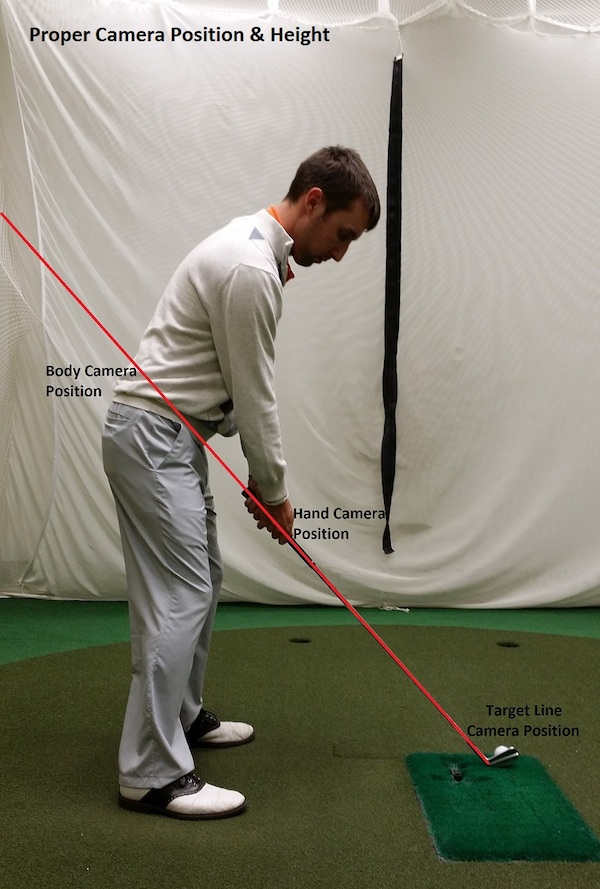
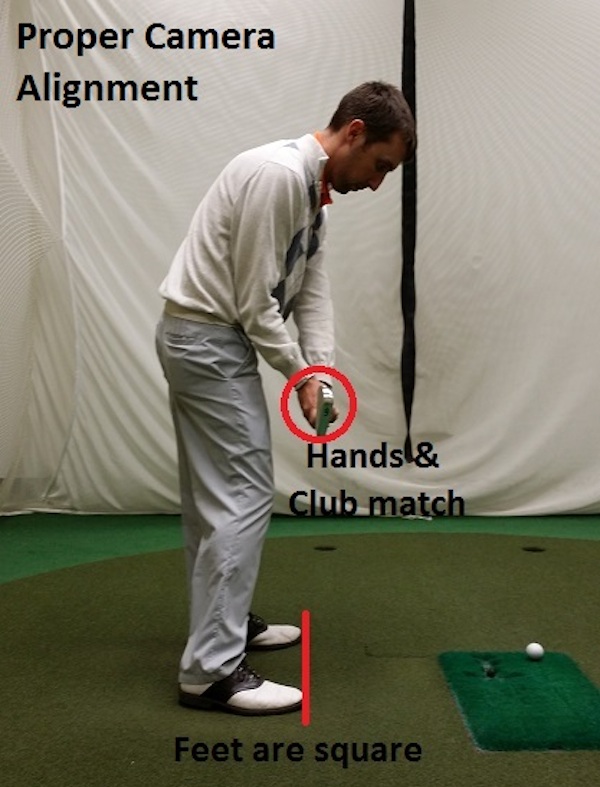
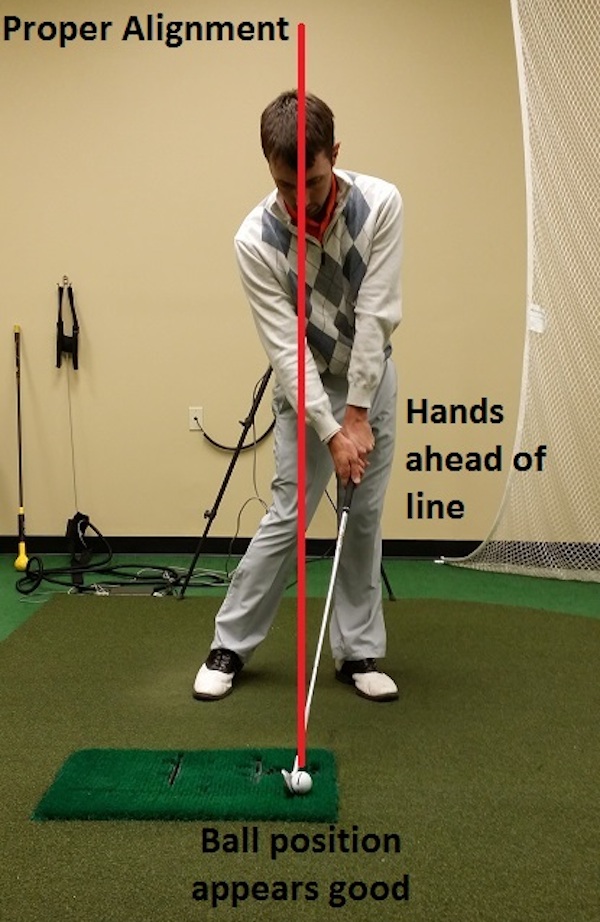
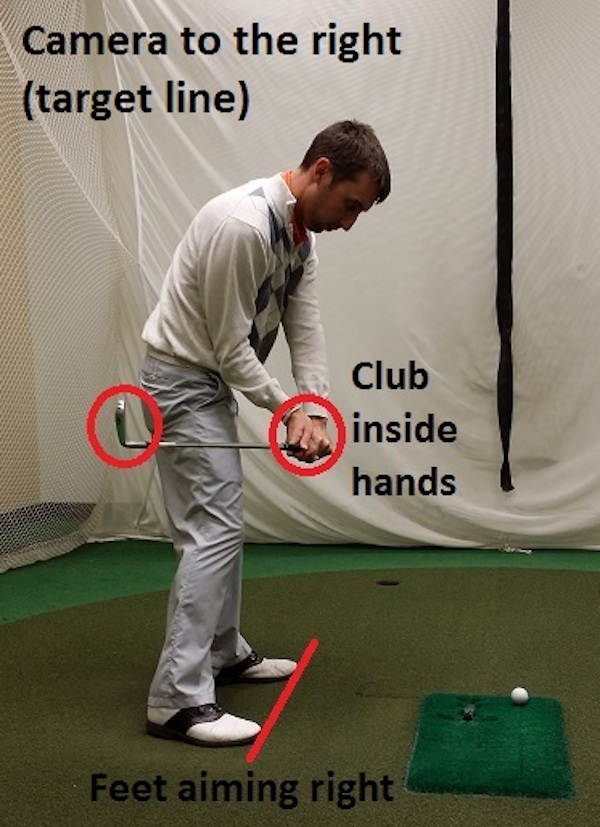
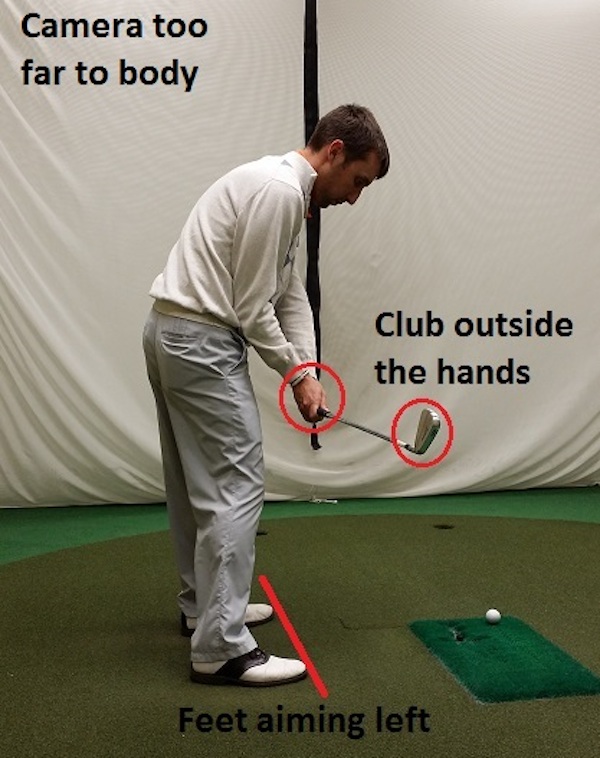
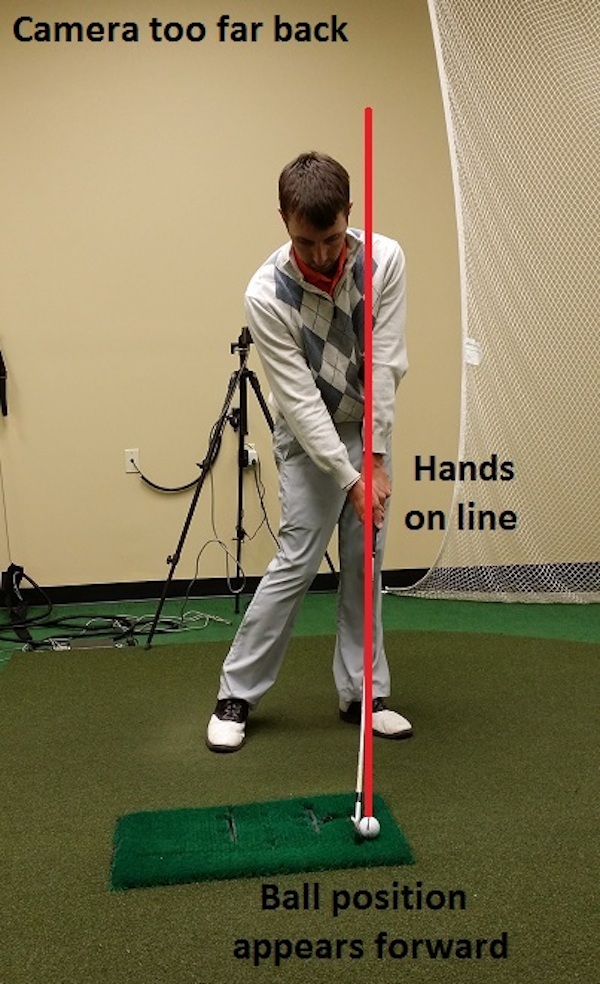
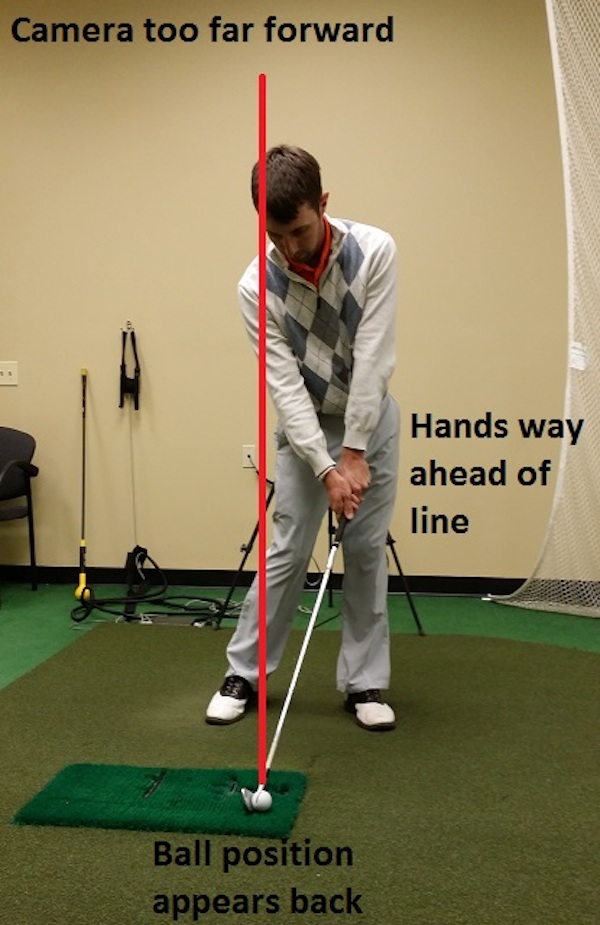

















Mike
Feb 25, 2014 at 9:57 am
Good article, well presented.
On a side note I have the same camera and find it struggles under artificial / indoor lighting.
Do you have this problem?
Michael Wheeler
Feb 25, 2014 at 11:49 am
Mike, yes. If you use the high speed setting it will use a different setting to get the appropriate picture, and this changes the shutter speed and other settings that will affect the brightness. If you switch back to standard recording (still 30 frames per second) the brightness should improve. You can also play around with your settings while in high speed to see if you can tweak it enough to get a decent view. It takes some work, but you can get it a little better with the settings. Shoot me an email or give me a call if you have any issues!